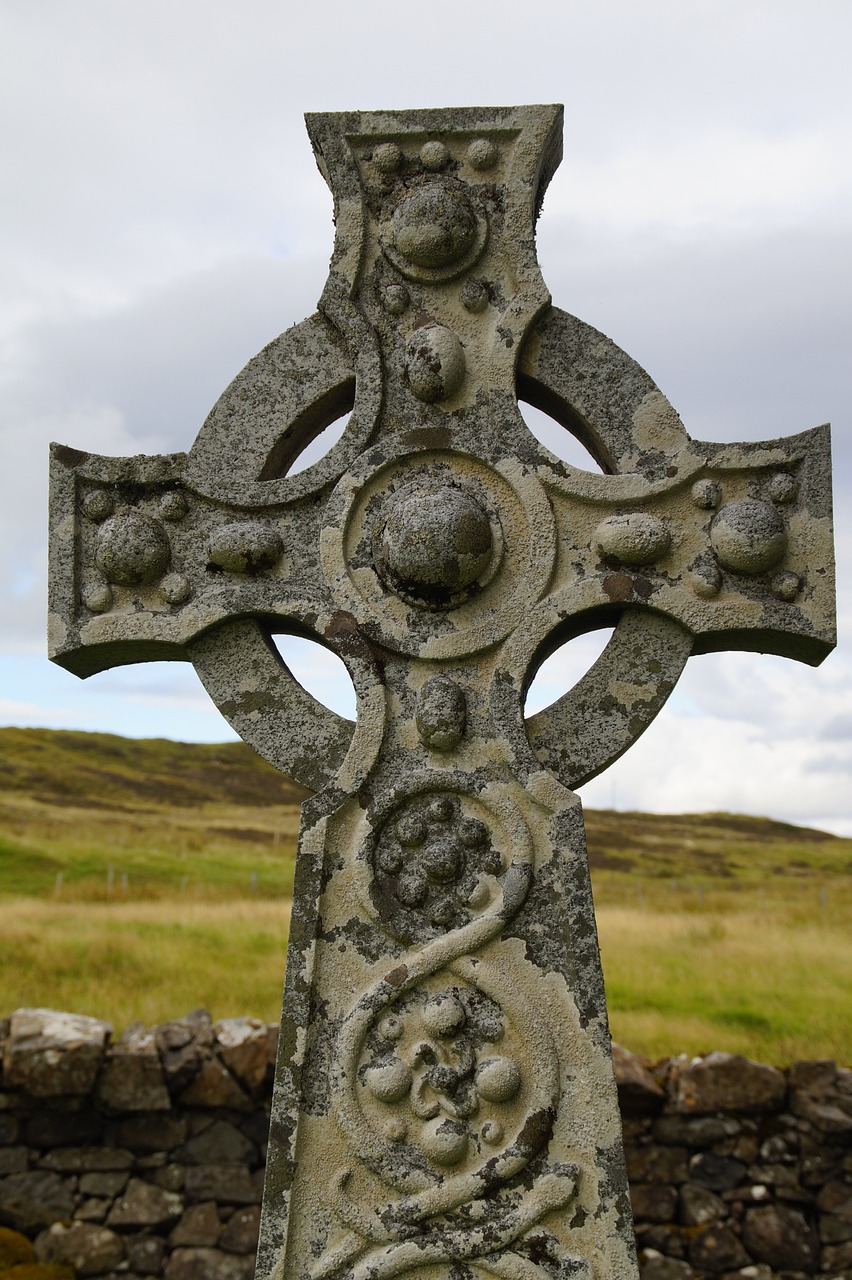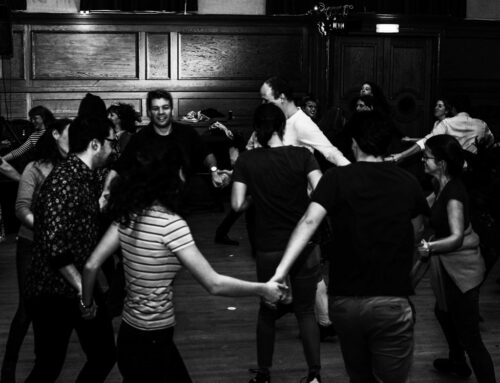Celtic Scotland refers to the period in Scotland’s history that began in the Iron Age . And lasted until the end of the Viking Age in the 11th century AD. During this time, Scotland was home to several tribes of Celts who developed a unique culture and way of life.
The Celts who lived in Scotland during this period were part of a larger group of people known as the Gauls or Gallic people. They inhabited much of Western Europe. The Celtic tribes that lived in Scotland included the Picts, who lived in the northeast of the country, the Scots, who were based in the west, and the Britons, who lived in the south.
The Picts were the first Celtic tribe to emerge in Scotland. They are believed to have arrived in the region around 500 BC. They were known for their distinctive art style, which included intricate designs and symbols, and for their warrior culture. The Picts fought numerous battles with the Romans, who invaded Scotland in the 1st century AD, and they were able to resist Roman rule for several centuries.
The Scots, who arrived in Scotland from Ireland in the 5th century AD, were another significant Celtic tribe in Scotland. They were originally from the Kingdom of Dalriada, which covered parts of modern-day Northern Ireland and Western Scotland. The Scots established a number of small kingdoms in Scotland, and they were eventually able to unite under the rule of Kenneth MacAlpin, who became the first King of Scotland in the 9th century AD.
The Britons, who were also known as the Welsh or the Cymry, lived in the south of Scotland. They were part of the larger Brythonic-speaking people of Britain. They were known for their advanced agricultural practices and for their skilled metalworking. The Britons were able to resist the Roman occupation of Britain and were able to maintain their independence until the arrival of the Angles and Saxons in the 5th and 6th centuries AD.
During the Celtic period, Scotland was a land of small kingdoms, and there was often conflict between the various tribes. However, there were also periods of relative peace and prosperity, particularly during the reign of King Kenneth MacAlpin, who was able to unite the various tribes under one ruler.
The Celtic people of Scotland had a rich cultural heritage, and they were known for their art, music, and storytelling. The Picts, in particular, were known for their elaborate stone carvings, which are still visible in Scotland today. The Celts also had a complex religious system. It included the worship of a variety of deities and the practice of ritual sacrifice.
In addition to their cultural achievements, the Celts of Scotland were also skilled farmers and hunters. They lived in small communities, and they relied on the land for their livelihoods. The Celts were skilled at working with iron, and they were able to produce a variety of tools and weapons.
The end of the Celtic period in Scotland came with the arrival of the Vikings in the 8th century AD. The Vikings were able to establish a significant presence in Scotland, and they were able to exert a great deal of influence over the local population. However, the Vikings were eventually driven out of Scotland by the Scots and the Picts.
In conclusion, Celtic Scotland was a period of great cultural, artistic, and agricultural achievement. The Celts of Scotland developed a unique way of life. They were able to resist outside influence for many centuries. Although the Celtic period came to an end with the arrival of the Vikings, the legacy of the Celts can still be seen in Scotland today, in the country’s art, music, and folklore.
If your interested in Celtic Scotland come along to the ceilidh club






